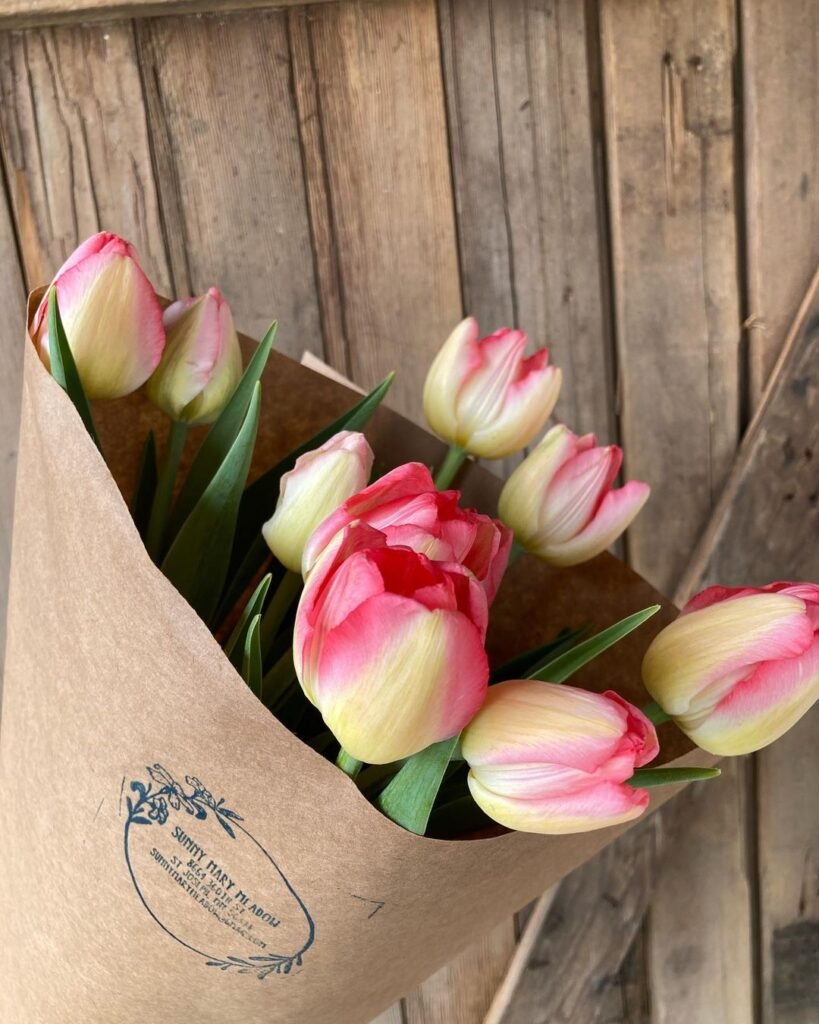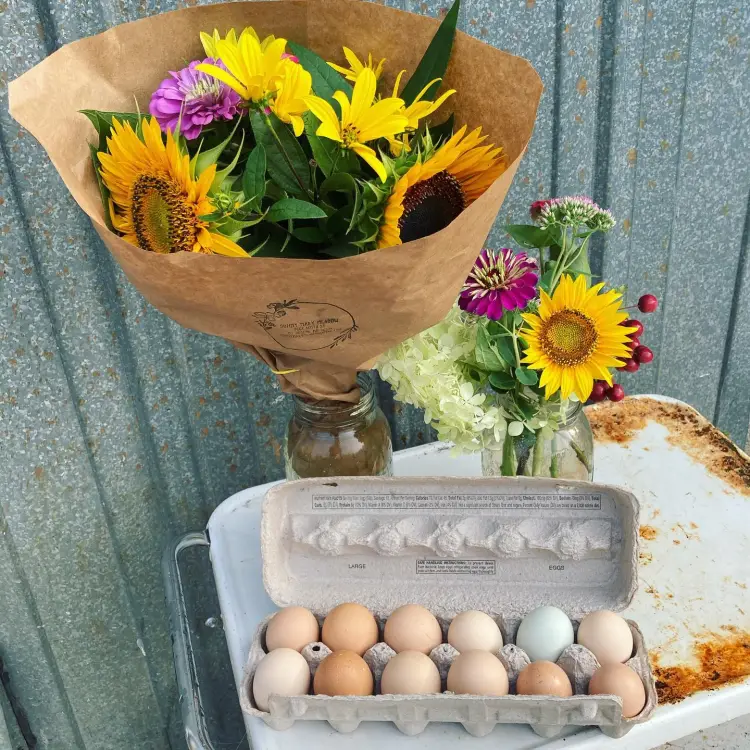All plants benefit from proper maintenance throughout the year. To help flowers stay healthy and continue to bloom through their growth cycle, it’s important to pinch flowers. Pinching, a form of pruning, is when you remove the faded or dead flower so that new stems and buds can grow. It helps to make the plant fuller and bushy.
Pinching is a very easy and simple step that can double, triple, or even quadruple the number of stems you get from your flowers! It also helps certain flowers, like amaranth and celosia, to have smaller, more manageable stems, so you aren’t trying to stick stems the size of a broomstick into a vase. And, it keeps plants compact so that it focuses on the regrowth of stems instead of growing in height.
When you pinch off a plant that naturally branches, you direct it to make multiple stems instead of one huge one. More stems = more flowers.
How to Pinch Flowers
- Once the plant reaches about 8” tall, using scissors or shears, cut the center stem right above a set of leaves. Usually, it’s only 2” or so off the top.
- Then, the plant will sprout more stems right below the cut.
While pinching isn’t necessary, it’s an expert gardening trip that I encourage you to experiment with to help your flowers perform better. It can be nerve-wracking, but it is worth it in the long run. Pinch half of your plants, and then you’ll get single-stem early blooms that you don’t pinch that you can enjoy while you wait for all of the other pinched blooms.
Great pinching flowers to encourage new blooms:
- Zinnias
- Cosmos
- Celosia (except Bombay)
- Amarantha
- Dahlias
- Marigolds
- Honeywort
CAUTION – However, some flowers do not like to be pinched if they are single-stem producing:
- Statice
- Bells of Ireland
- Calendula
- Cress
- Single stem sunflowers
- Bombay celosia (but other celosia is fine)
- Stock




